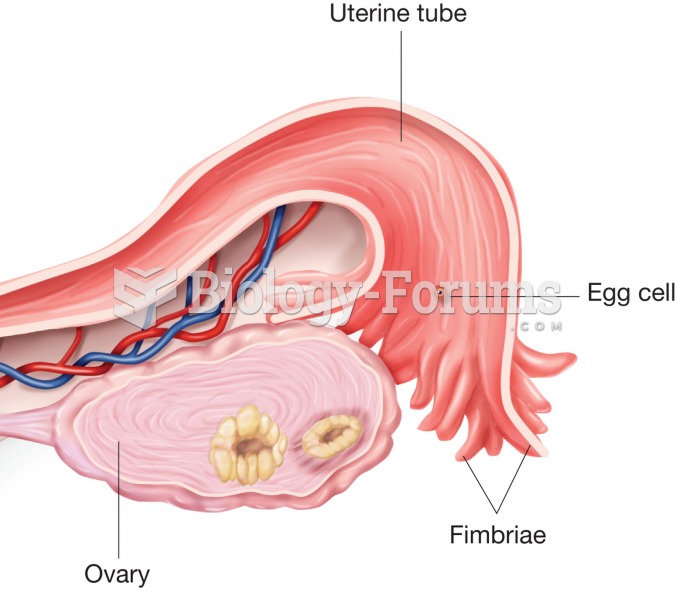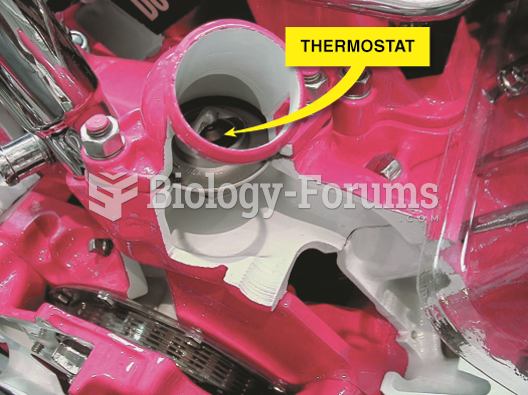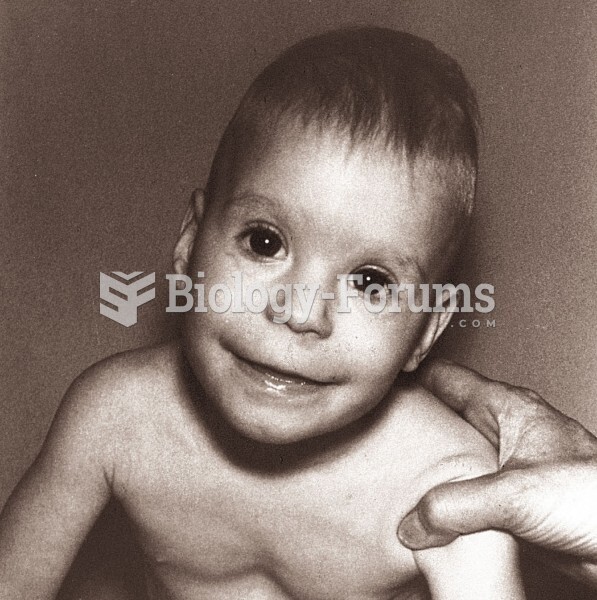Answer to Question 1
A
Feedback
A Correct. Surfactant production begins around 24 weeks of gestation. Preterm infants lack adequate surfactant for effective lung functioning. Without adequate surfactant, these infants are at high risk for developing respiratory distress syndrome or bronchopulmonary dysplasia. Treatment with exogenous surfactant therapy at birth effectively decreases the incidence of these respiratory alterations.
B Incorrect. Treatment with humidified oxygen therapy is secondary to the administration of exogenous surfactant therapy.
C Incorrect. Hyperbaric chamber treatments are not indicated to increase the surfactant level adequate for effective lung functioning.
D Incorrect. Light therapy is not indicated to increase the surfactant level adequate for effective lung functioning.
Answer to Question 2
B
Feedback
A Incorrect. Piaget characterizes the tertiary circular reactions phase (12-18 months) by the infant's interest in novelty and repetition as seen in activities such as continual hitting with a hammer.
B Correct. According to Piaget, the coordination of the secondary schemes phase of development (8 to 12 months) occurs when the infant understands concepts of space and object permanence and anticipates actions of others.
C Incorrect. Piaget describes the mental combinations phase (18-24 months) as the stage at which children are able to think before acting and use memory for simple trial-and-error problem solving.
D Incorrect. Piaget describes the preconceptual phase, and characterizes it by saying the child can name and locate familiar objects and demonstrate symbolic and ritualistic play.







